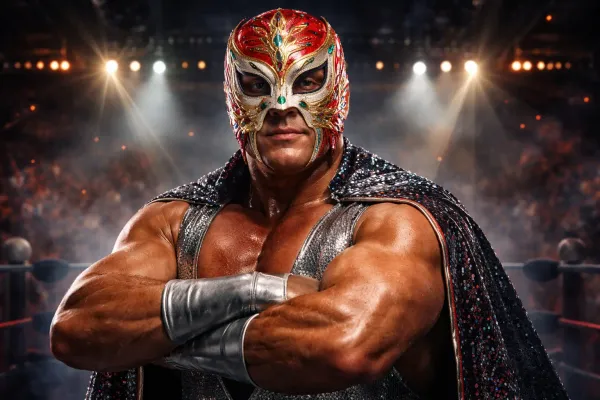20 Reasons Vocational Education in India is Revolutionizing Youth Employment (2025 Update)
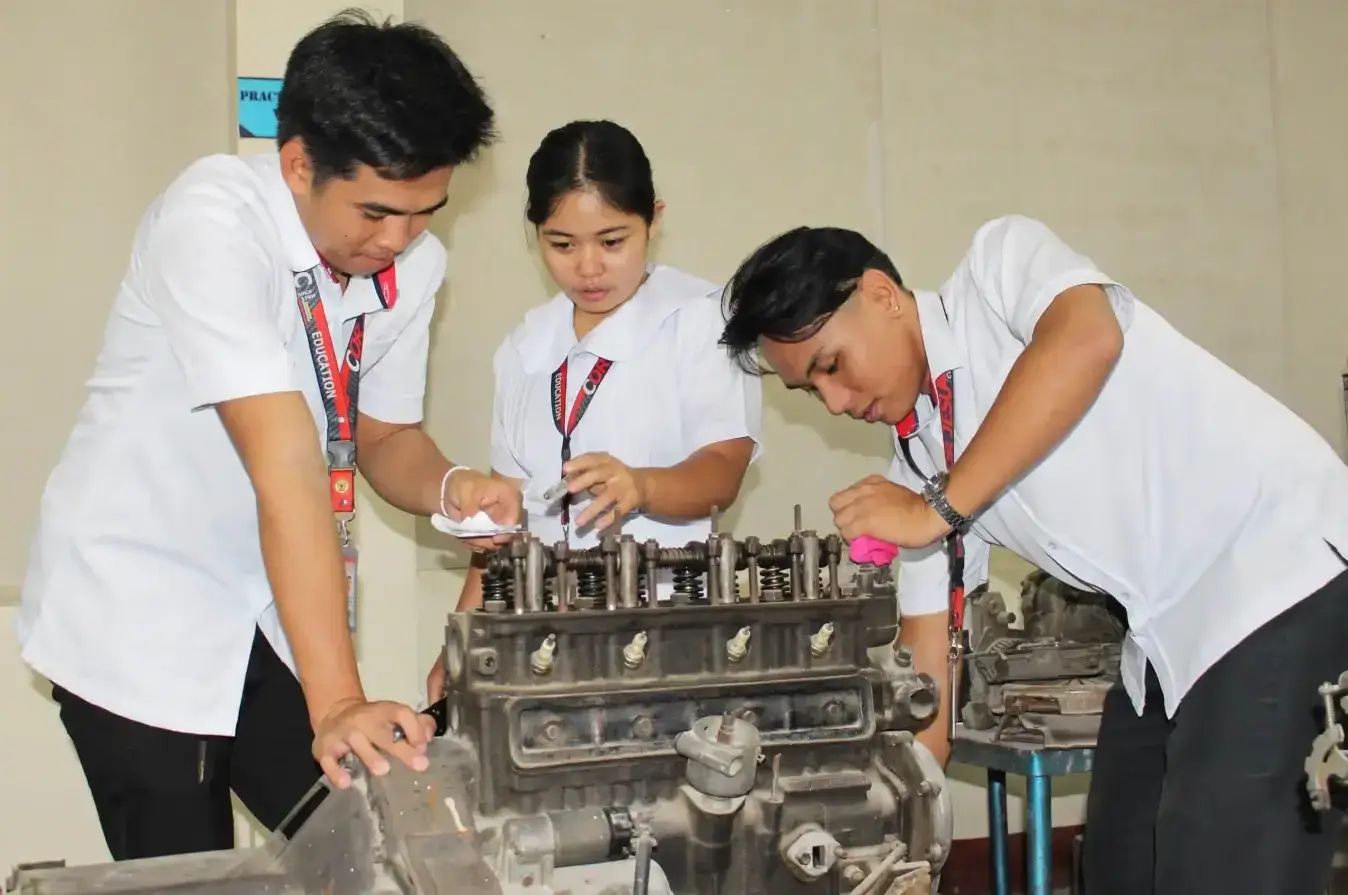
India’s Transformation Through Vocational Education
India, with one of the world's youngest populations, is undergoing a transformative shift in its educational landscape to meet the needs of a rapidly evolving economy. Vocational education has emerged as a vital component of this transformation, providing industry-relevant skills that can ensure job-readiness and support the nation's vision of a skilled, future-ready workforce. This shift is part of a larger movement to align education with industry demands and economic growth, offering young Indians a direct pathway to secure employment in diverse sectors.
What is Vocational Education, and Why is it Crucial?
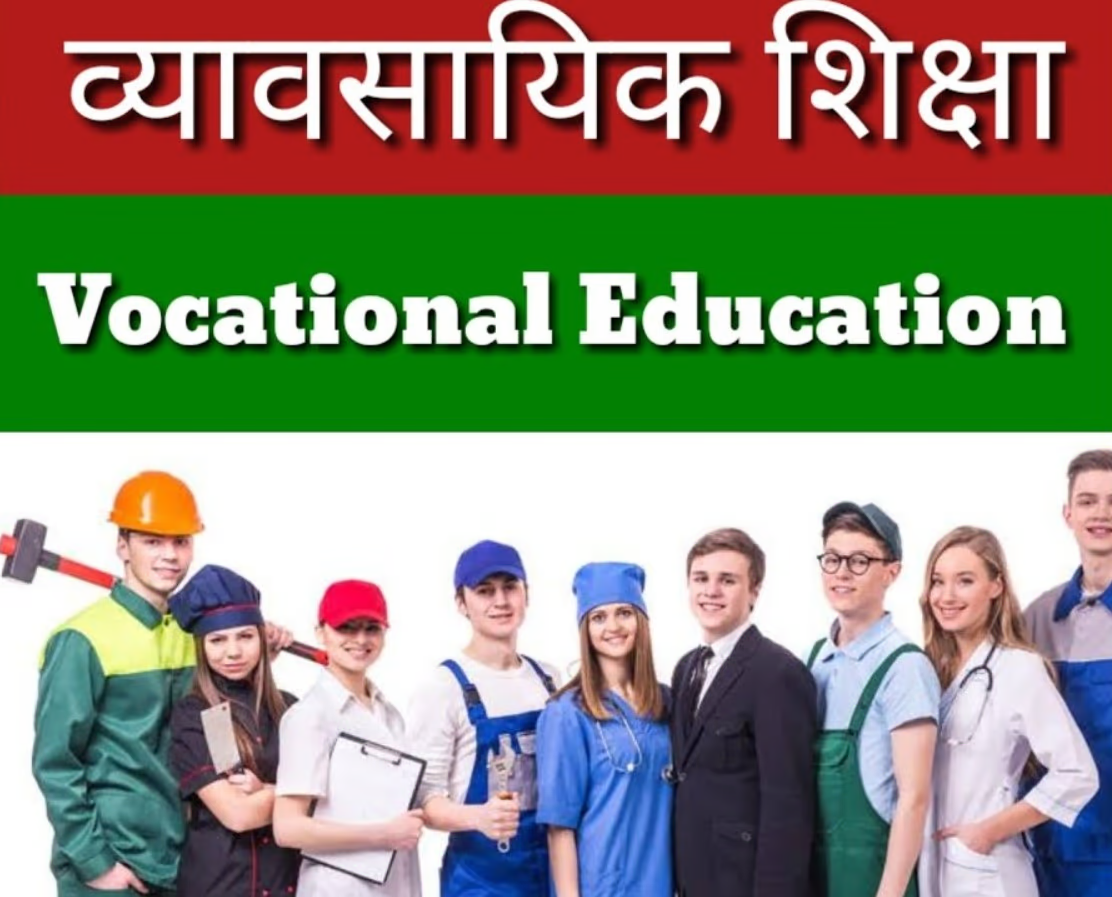
Vocational education refers to training that equips individuals with specific skills and practical knowledge tailored to particular trades or professions. Unlike traditional education, which often emphasizes theoretical learning, vocational training prioritizes hands-on experience. This approach not only accelerates job-readiness but also fills a significant gap in India’s employment sector. With industry-specific programs that cover fields such as IT, manufacturing, healthcare, and construction, vocational education provides learners with the skills they need to enter the workforce immediately upon completion.
The Historical Evolution of Vocational Education in India
India's tradition of skill-based training dates back centuries, with apprenticeships as a common practice in ancient times. However, the formalization of vocational training began during the colonial period, with the British introducing industrial schools to create a trained workforce for their industries. After independence, vocational training took a backseat to academic education as the nation prioritized theoretical education over hands-on training. As globalization and technological advances drove demand for skilled labor in the 1990s, vocational training gained renewed attention, marking the beginning of India’s focused approach to skill development.
Government Initiatives Propelling Vocational Education
Skill India Mission
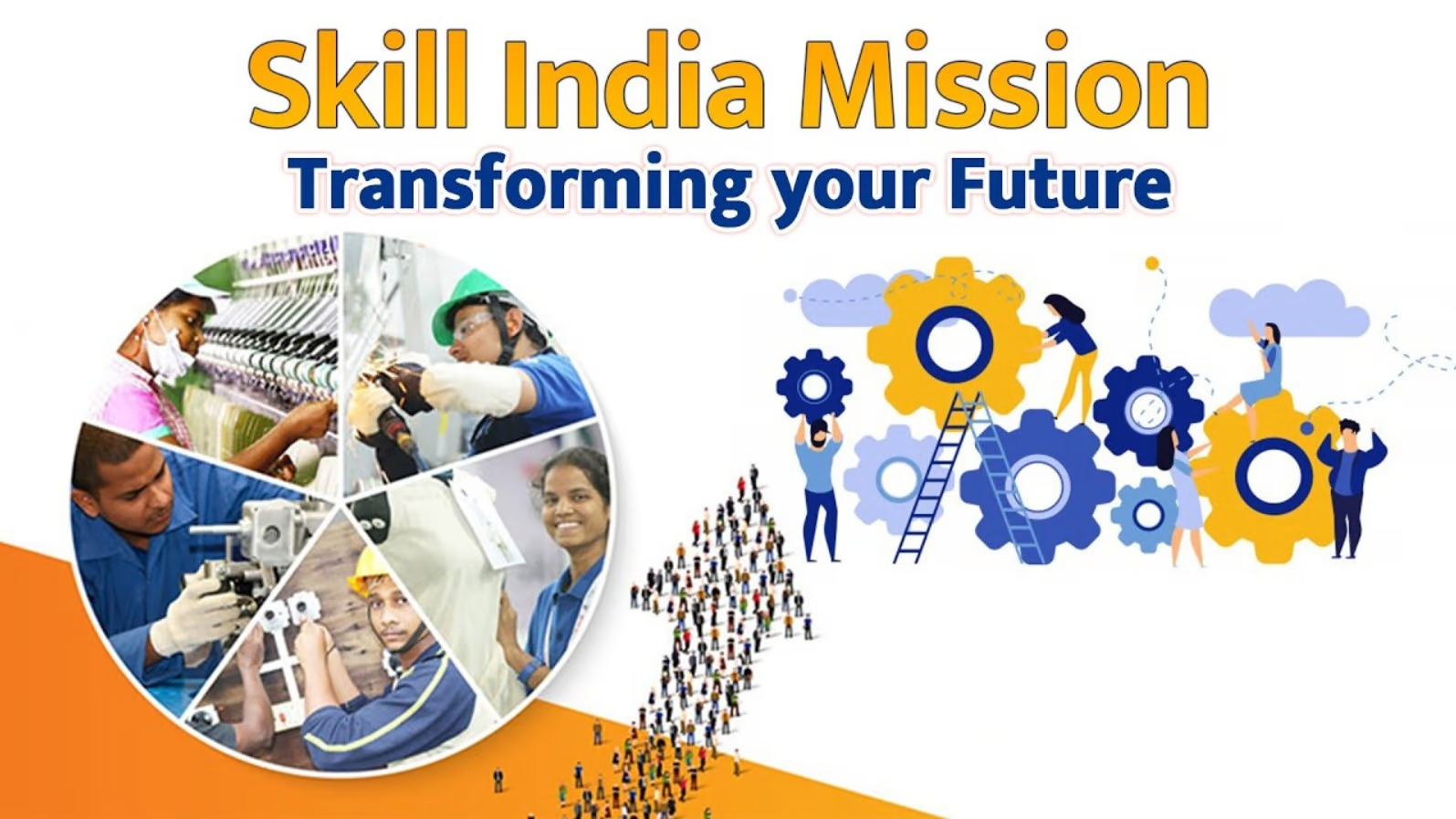
Launched in 2015, Skill India Mission aims to empower over 400 million people with industry-relevant skills by 2022, targeting the expansion of short-term vocational courses. This mission has significantly advanced vocational education’s reach, raising awareness of skill-based careers among Indian youth.
National Skill Development Corporation (NSDC)
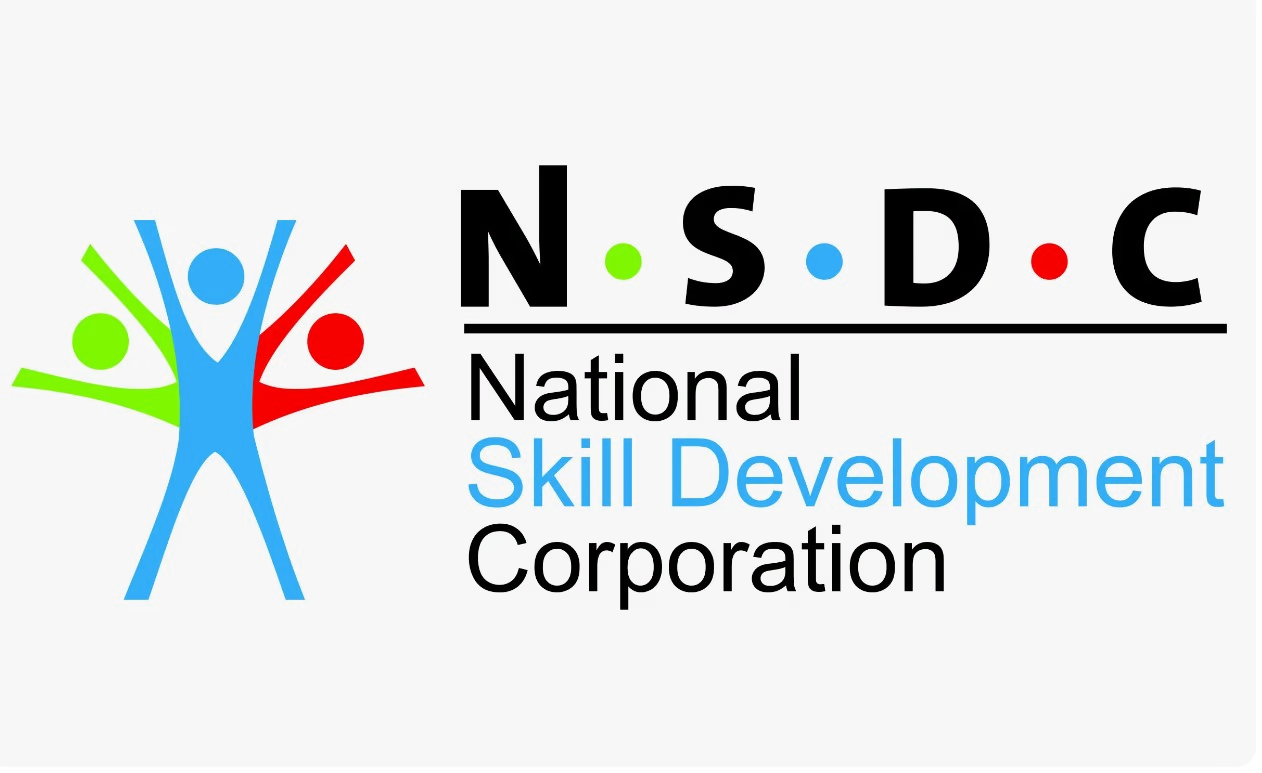
The NSDC has fostered public-private partnerships to establish training centers nationwide, making vocational education accessible to many and promoting collaboration between the government and private sector to develop programs aligned with industry standards.
Pradhan Mantri Kaushal Vikas Yojana (PMKVY)
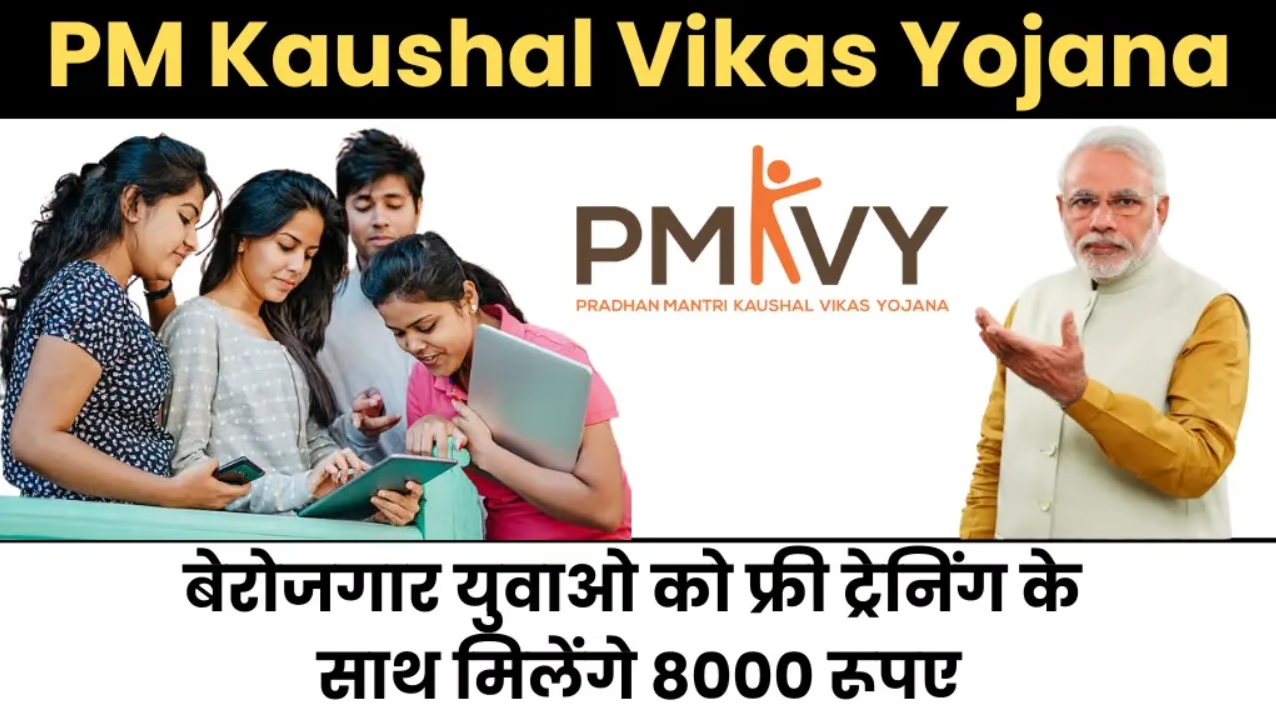
A key element under Skill India, PMKVY provides short-term training courses, certification, and financial support, especially for underprivileged youth, making it one of the country’s most impactful programs for promoting skill-based education.
Vocational Education's Role in Employment and Reducing Unemployment
Unemployment remains a significant challenge in India, particularly among educated individuals who lack practical skills for industry roles. Vocational training addresses this issue by equipping individuals with job-specific skills tailored to industry needs. By bridging the gap between academic education and employability, vocational programs reduce unemployment rates and enable graduates to enter the workforce more seamlessly.
Vocational training programs target various sectors, from agriculture and manufacturing to emerging fields like IT and healthcare. Graduates of these programs can often begin work immediately, with hands-on training making them better prepared for real-world challenges than their academically educated peers.
Vocational Education in Schools and Colleges
In response to growing recognition of skill-based training, vocational courses are now increasingly integrated into India’s school and college systems. Secondary schools offer vocational streams, enabling students to focus on areas like hospitality, healthcare, automotive technology, and electronics. Similarly, colleges now include vocational courses within disciplines like engineering, nursing, and information technology, giving students advanced, technical education alongside general studies.
Industry Collaboration and On-the-Job Training
Modern vocational education emphasizes on-the-job training to maximize employability. Through internships, apprenticeships, and industry partnerships, students gain real-world experience that complements classroom learning. This approach allows students to interact directly with the tools, software, and practices they will encounter in their future roles, reducing the transition time from education to employment.
Reducing Stigma Around Vocational Education
Despite its benefits, vocational education in India has often been stigmatized as a lesser option compared to academic degrees. However, the growing need for skilled workers and the high demand for vocational skills are changing perceptions. As industries recognize the value of vocationally trained employees, more students and families see the potential for stable, lucrative careers in vocational fields.
Financial Advantages of Vocational Training
Vocational courses offer an affordable alternative to traditional academic programs, especially in fields like medicine or engineering, which require high financial investment and long study periods. For students from lower-income families, vocational education provides a path to financial security without the burden of heavy student loans. Additionally, short-term programs allow individuals to join the workforce sooner, often leading to faster financial independence.
The Future of Vocational Education in India
As India's economy grows, the demand for skilled labor will only intensify. The World Economic Forum projects that by 2030, India will need to create 100 million new jobs to keep pace with its growing population. Vocational education is positioned to be a crucial contributor to meeting this demand, especially in emerging sectors like artificial intelligence, renewable energy, and robotics. The continued expansion of vocational training will help India keep pace with the global economy, enabling the nation to build a competitive, skilled workforce.
FAQs
What is vocational education, and how does it differ from traditional education?Vocational education focuses on providing specific skills for particular trades or professions, whereas traditional education is typically more theoretical and broad in nature.
Why is vocational education important in India today?
With India’s growing economy and demand for skilled labor, vocational education addresses the need for job-ready skills, helping to reduce unemployment and align education with industry needs.
What are some government initiatives promoting vocational education?
Programs like Skill India Mission, NSDC, and PMKVY promote skill-based learning and offer financial support and short-term courses to equip the youth with necessary industry skills.
How does vocational education help reduce unemployment?
Vocational programs train students in practical, job-specific skills that improve employability, ensuring they are ready for industry roles upon graduation.
Is vocational education available in Indian schools and colleges?
Yes, vocational courses are now offered in many secondary schools and colleges, allowing students to specialize in trades alongside traditional academic subjects.
What role does technology play in modern vocational training?
Technologies like VR and AR are transforming vocational training by providing immersive, hands-on experiences that better prepare students for real-world scenarios.
Conclusion: Vocational Education as India’s Pathway to a Skilled Future
With a young and vibrant workforce, India’s commitment to vocational education is set to be a cornerstone in its journey towards a skilled and prosperous future. By breaking down stigma, promoting affordability, and embracing technology, India can provide its youth with practical, industry-relevant skills that meet both national and global demands. Vocational education is not only reshaping India’s educational landscape but also setting a foundation for sustainable economic growth.


